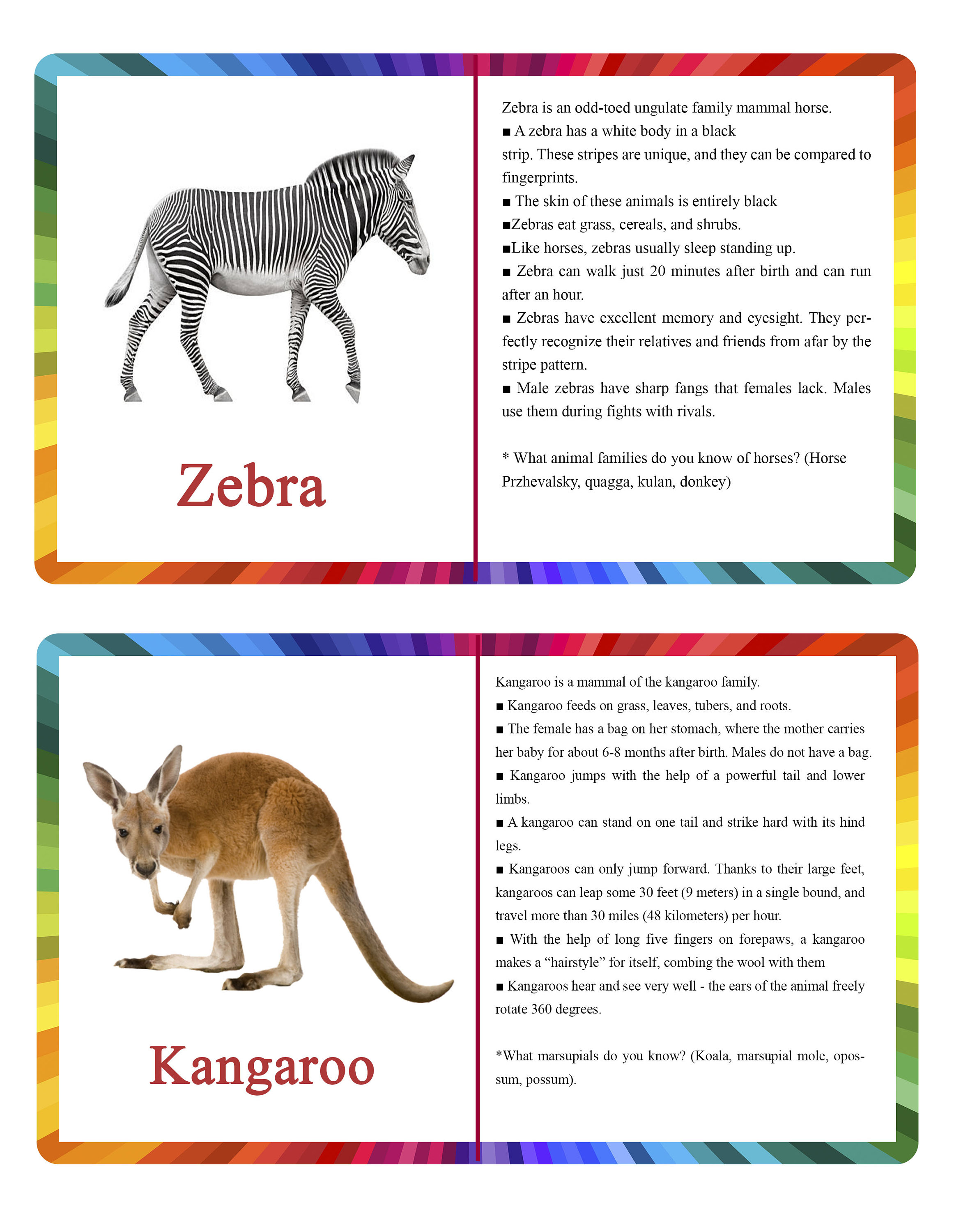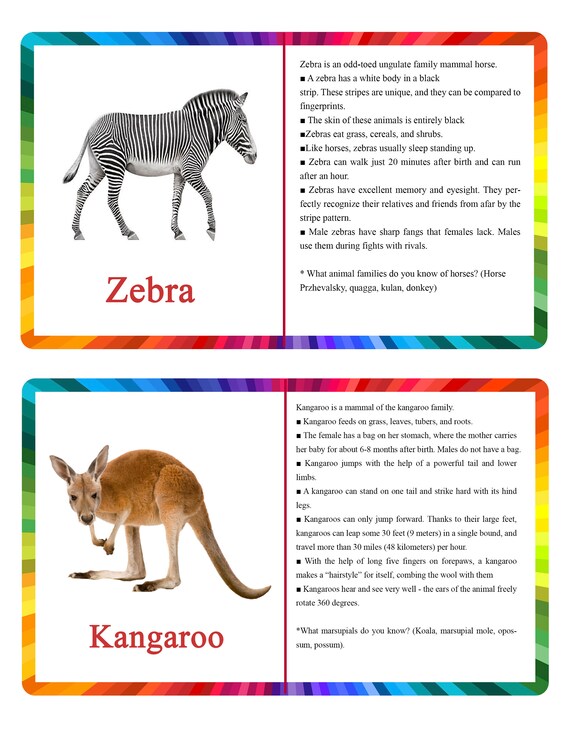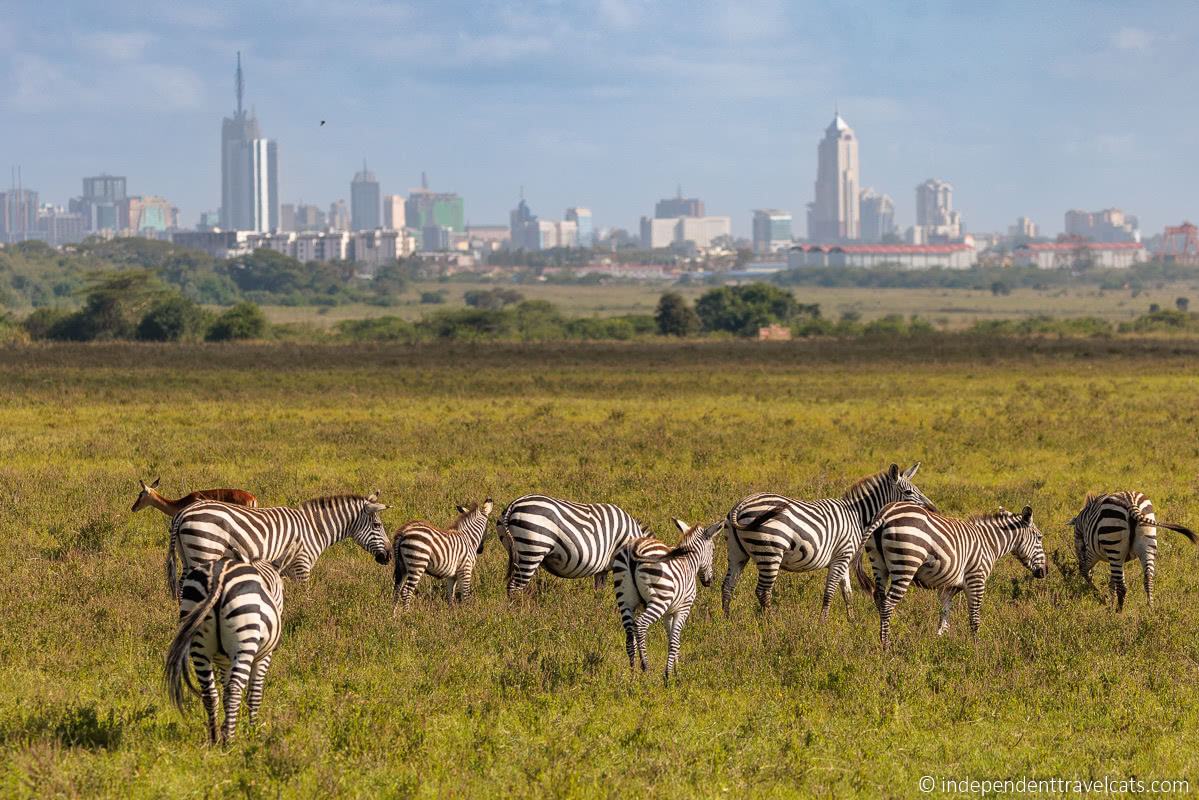Zebras are known for their unique black and white stripes and are most likely a form of pest control. Each species of zebra has different types of stripes, and they are impressive climbers and social animals.
Zebras are always on the lookout for danger and have a keen sense of awareness. They can run fast and are part of the horse and donkey family. Zebras’ stripes help camouflage them, and their newborn foals can stand after six minutes.
They are classified as endangered and the Grévy’s zebra was named after a former king. Zebras are fascinating creatures with interesting behaviors and characteristics.
Physical Characteristics
Zebras are known for their unique black and white stripes, which serve as a form of pest control, as each species has different types of stripes. They are impressive climbers and social animals, always on the lookout for danger.
Physical Characteristics Zebras are one of the most iconic and recognizable animals in the world. Their distinct black and white stripes make them unique and fascinating creatures. In this article, we will explore the physical characteristics of zebras and delve into some interesting facts about them.Zebra Stripes Are Most Likely A Form Of Pest Control
One of the most intriguing aspects of zebras is their stripes. These bold patterns serve several purposes, one of which is believed to be pest control. Recent studies suggest that the stripes may help deter biting insects such as flies and mosquitoes. These bloodsucking pests are attracted to light colors and patterns, and the black and white stripes of zebras confuse them and make it difficult for them to land on the animals. This natural protection helps zebras avoid the irritation and potential disease spread by these pests.Each Species Has Different Types Of Stripes
It’s not just the presence of stripes that makes zebras interesting, but also the fact that each zebra species has its own unique stripe pattern. The three main species of zebras are the plains zebra, Grévy’s zebra, and mountain zebra. The plains zebra has broad and bold black stripes that extend down its whole body. The Grévy’s zebra, on the other hand, has thinner stripes that are closer together. The mountain zebra has vertical stripes on its neck and torso that eventually become horizontal on its hindquarters. These variations in stripe patterns add to the beauty and diversity of the zebra family. In addition to their distinctive stripes, zebras have several other notable physical characteristics. They have a horse-like body shape with a sleek coat that is designed to help them stay cool in the African heat. Their hooves are specially adapted to navigate different terrains, making them excellent runners and climbers. Zebras also possess long, slender legs that allow them to move swiftly and gracefully in the grasslands where they live. Overall, the physical characteristics of zebras are not only aesthetically captivating but also serve important functions in their natural habitat. From their unique stripes that help deter insects to the variations in patterns among different species, zebras are truly remarkable animals. Stay tuned as we continue to explore more fascinating facts about these incredible creatures in our upcoming articles.
Credit: www.etsy.com
Behavior
Zebras are fascinating and unique creatures known for their distinctive black and white stripes. But their behavior is just as captivating as their appearance. Let’s delve into the behavior of these amazing animals.
Zebras Are Impressive Climbers
One interesting zebra fact is that they are impressive climbers, despite their stocky build. These remarkable creatures have adapted to their environment by developing strong and sturdy limbs that allow them to navigate rough terrain and climb steep slopes. Whether they need to reach food or escape predators, zebras can navigate through trees, rocks, and hills with ease.
Zebras Are Social Animals
Zebras are highly social animals, often found in small to large herds consisting of multiple families. These herds provide safety, companionship, and support for the members. Within the herds, zebras establish strong bonds and display cooperative behaviors. They groom each other, watch out for one another, and even babysit each other’s young. This social structure helps them survive and thrive in their unpredictable and often dangerous environment.
Zebras Are Always On The Lookout For Danger
Living in the African savannah, zebras are constantly on alert. With predators such as lions and hyenas lurking nearby, zebras have developed an acute sense of awareness. Their excellent eyesight and hearing allow them to detect potential threats early on, giving them a chance to flee or form a united front against predators. This constant vigilance helps ensure their safety and survival.
Zebras’ unique behavior and adaptations make them remarkable creatures in the animal kingdom. From their climbing abilities to their social nature and constant vigilance, zebras continue to captivate and intrigue both researchers and nature enthusiasts.
Conservation Status
Conservation Status:
Zebras Are Classified As Endangered
Zebras, with their striking black and white stripes, are not only beautiful creatures but also endangered. Their conservation status is a matter of concern due to various factors that threaten their survival. The International Union for Conservation of Nature (IUCN) categorizes zebras as endangered species, which means that they are at a very high risk of extinction in the wild.
Zebras face numerous threats that contribute to their endangered status. Habitat loss, primarily due to human activities such as deforestation and urbanization, is a significant factor. As human populations expand, zebras and other wildlife face shrinking habitats, leaving them with limited resources and an increased risk of conflicts with humans.
Poaching is another grave threat to zebras’ survival. Their beautiful, striped pelts are highly valued in the illegal wildlife trade. These magnificent creatures are hunted for their skins, which are then sold as rugs, clothing, or decorative items. The demand for zebra products further fuels the poaching industry, putting immense pressure on their dwindling populations.
The Grévy’s Zebra Was Named After A Former King
One of the zebra species, the Grévy’s zebra (Equus grevyi), holds a unique distinction. It was named after Jules Grévy, a former President of France in the late 19th century. The Grévy’s zebra is the largest and most endangered zebra species. It possesses distinctive narrow stripes and a more mule-like appearance compared to other zebras.
This zebra species was chosen to honor Jules Grévy because he played a significant role in supporting scientific expeditions and promoting animal conservation during his presidency. Today, the Grévy’s zebra serves as a symbol of the importance of wildlife preservation and the need for global efforts to protect endangered species.
In conclusion, zebras’ conservation status is a matter of great concern as they are classified as endangered. Factors such as habitat loss and poaching contribute to their declining populations in the wild. The Grévy’s zebra, named after a former French President, stands out as the most endangered zebra species. It serves as a reminder of the significance of animal conservation and the urgent need to protect these magnificent creatures.

Credit: www.etsy.com
How Fast Can Zebras Run
The plains zebra, Equus quagga, is the most common and geographically widespread species of zebra. It is found in fragmented areas across southern and eastern Africa south of the Sahara. There are six or seven recognized subspecies, including the extinct quagga, which was once thought to be a separate species. Despite their fragmented range, plains zebras can be spotted in many different habitats such as grasslands, savannahs, and woodlands.
When it comes to speed, zebras are truly remarkable animals. Their ability to run fast is essential for their survival in the wild. Zebras can reach impressive speeds while fleeing from predators or during their migration journeys.
Here are some interesting facts about how fast zebras can run:
- Zebras can run at speeds of up to 40 miles per hour. This incredible speed helps them outpace predators like lions and hyenas.
- Even newborn zebras are quick on their feet and can start running just moments after birth. This is an important defense mechanism as it allows them to keep up with the herd and escape danger.
Despite their agility and speed, zebras are still vulnerable to predation. They rely on their sharp senses and group coordination to detect and evade potential threats. Their impressive running ability is just one of the many adaptations that make them such fascinating creatures.
In conclusion, zebras are not only known for their distinctive stripes and social behavior but also for their impressive speed. The plains zebra, being the most common and widely distributed species, has adapted to run at speeds of up to 40 miles per hour, enabling them to escape from predators and survive in their natural habitats.
How Do Zebras Protect Themselves From Predators
Zebras, with their stunning black and white stripes, not only captivate our eyes but also serve a vital purpose in protecting them from predators in the wild. Let’s delve into the fascinating ways zebras use their unique features to keep themselves safe.
Zebra Stripes Help Camouflage Them
The most recognizable feature of zebras is undoubtedly their distinctive stripes. But did you know that these stripes play a crucial role in the zebras’ defense mechanism? These eye-catching black and white patterns actually serve as a natural camouflage in their habitat.
The alternating dark and light stripes create an optical illusion that confuses predators, making it difficult for them to single out an individual zebra amongst a herd. When zebras stand together in groups, their stripes blend together, making it challenging for predators to discern individual zebras from a distance.
Moreover, the unique pattern of stripes on each zebra is as distinctive as a human fingerprint. This means it becomes even more challenging for predators to recognize and track an individual zebra, further enhancing their survival chances.
Scientists have suggested that the main reason behind the evolution of zebra stripes is to ward off biting insects, such as flies and mosquitoes, which are more attracted to solid colors than to striped patterns. The stripes essentially act as a natural pest control mechanism, making it difficult for insects to land on the zebras’ skin for a quick bite.
Zebras Are Part Of The Horse And Donkey Family
Believe it or not, but zebras share a familial relationship with horses and donkeys. They all belong to the equine family, which includes these three distinct but closely related species.
Zebras are known for their excellent running abilities, much like their horse and donkey cousins. Their long legs and slender bodies enable them to reach speeds of up to 35 miles per hour, allowing them to outrun most predators in the wild. These remarkable running skills, combined with their camouflage stripes, make zebras incredibly adept at evading danger.
Zebras are also social animals, with herds consisting of multiple individuals. Living together in groups provides them with greater protection against predators. When a threat is detected, zebras will gather together, forming a united front to deter predators and maximize their chances of survival.
In conclusion, zebras have evolved unique features to protect themselves from predators. Their striking black and white stripes not only help them blend into their surroundings, but also serve as a form of natural pest control. Additionally, their close family ties with horses and donkeys enhance their speed and sociability, ensuring their survival in the harsh savannah environments where they reside.

Credit: independenttravelcats.com
Frequently Asked Questions On 10+ Interesting Zebra Facts – Everything You Need To Know
What Are 10 Interesting Facts About Zebras?
– Zebra stripes are likely a form of pest control and each species has different types of stripes. – Zebras are impressive climbers and always on the lookout for danger. – They are social animals and their stripes help camouflage them.
– Zebras are part of the horse and donkey family and their newborn foals can stand after six minutes. – Certain species of zebras are classified as endangered and the Grévy’s zebra was named after a former king. – Zebras have unique stripes like fingerprints and are herbivores.
Can Zebras Run Fast?
Yes, zebras can run fast. The plains zebra, the most common species, can reach impressive speeds.
What Do Zebras Do All Day?
Zebras spend their day grazing on grass and plants, socializing with other zebras, and staying alert for potential predators. They also engage in grooming behaviors and use their unique stripes as a form of pest control.
What Is The Secret Of The Zebra?
The secret of the zebra lies in its pattern of narrow black stripes, which actually serve as a form of pest control by keeping blood-sucking insects away. This unique evolutionary adaptation helps zebras stay protected in the wild.
Conclusion
Zebras are truly fascinating creatures with unique characteristics. Their stripes not only make them easily recognizable but also serve as a form of pest control. Zebras are social animals that are always vigilant against danger and are impressive climbers. With different species having different types of stripes, zebras certainly stand out in the animal kingdom.
These extraordinary creatures continue to capture our curiosity and amaze us with their beauty and behavior.

